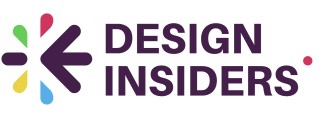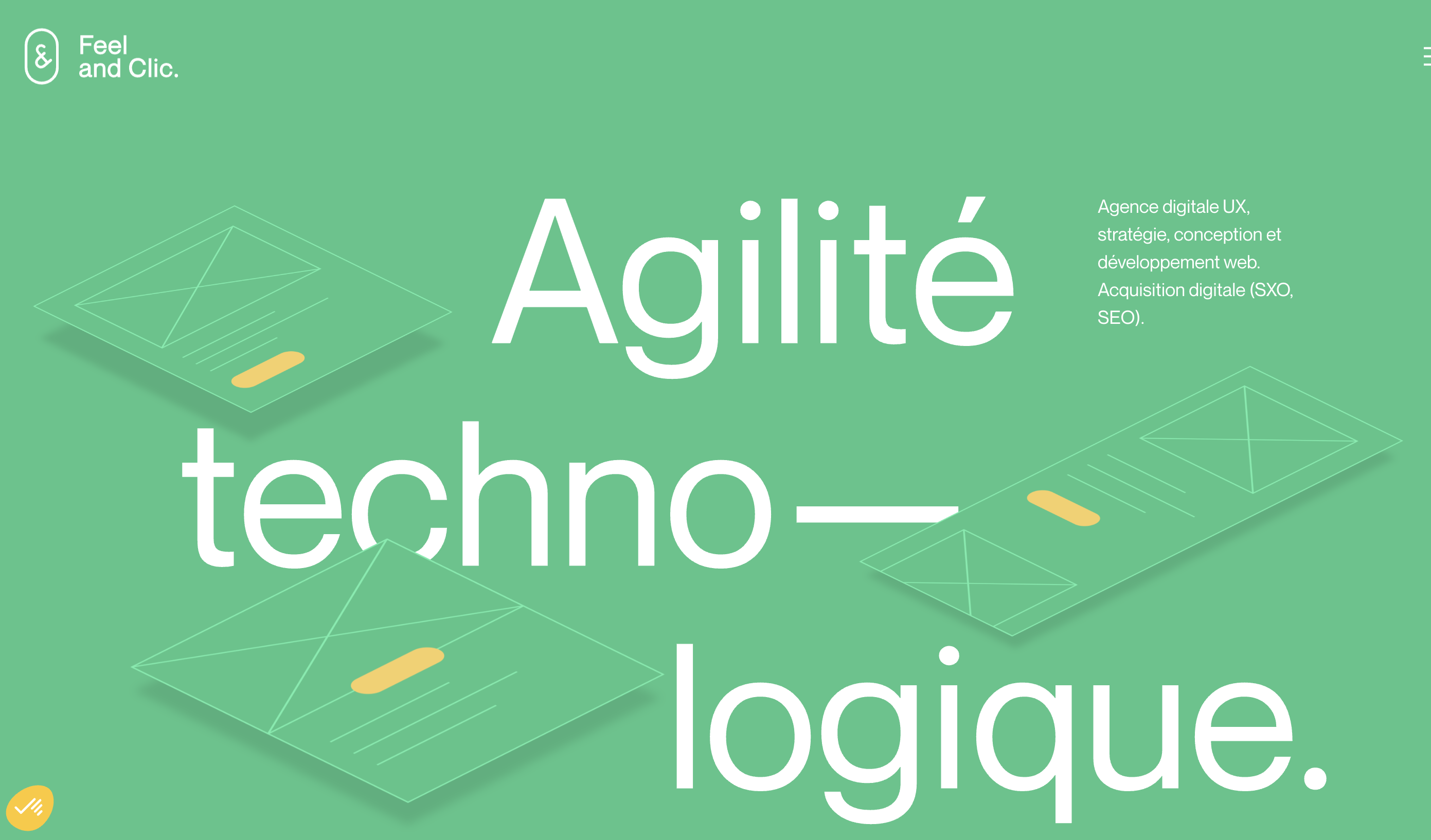Understanding User Needs
Identifying and Understanding the Core of User Needs
In the realm of product design, it all starts with a nuanced understanding of user needs. This initial step forms the bedrock upon which successful product creation is built. A comprehensive grasp of what users genuinely require involves diving deep into their world, not merely on a superficial level but by experiencing their everyday challenges and desires. For business owners, this is not a matter of choice but a necessity if they wish to create products that resonate in the market.
To kickstart, integrating user-centered approaches into your design process is essential. When you start a business, understanding users will enable you to tailor your product service to meet specific needs, which effectively pitches your product to potential investors. This approach speaks volumes, not only telling a story of your product but also showcasing its value in the ever-competitive arena of startups.
Investors are on the lookout for products that capture the audience's attention and solve problems. By aligning your product design with genuine user needs, you elevate the company’s potential to secure funding. As you pitch your business idea, demonstrate how the product starts its journey from a well-researched user need, ensuring long-term business growth and attracting angel investors.
It's also crucial to note that recognizing user needs is not a one-off task but an ongoing engagement. The market evolves, and so do user expectations. Staying in tune with these changes keeps your product relevant, prompting investors to continue their engagement with the product. In this way, understanding user needs seamlessly ties into both emotional connections and gathering user feedback, key ingredients for convincing investors.
Creating Emotional Connections
Building Emotional Bridges with Your Customers
In the competitive landscape of product design, fostering emotional connections with users is paramount for long-term success. Users today are spoilt for choice, and emotional connection can be a distinctive advantage for any company, whether it's a startup or a well-established business. Understanding the emotions that drive customer behavior can contribute significantly to the development process. By creating products and services that not only meet functional needs but also resonate on a personal level, business owners can enhance user engagement.- Empathy and Authenticity: Embed empathy in your design process by considering the user journey and anticipating what users might feel during each stage of interaction. Authentic interactions build trust, an essential ingredient in sustaining user investment.
- Storytelling in Products: Design elements should tell a story. Stories engage people in ways facts alone cannot and can be particularly compelling when you want to convince investors about the potential of your business ideas.
- Building Relationships: Encourage feedback to refine your product or service, nurturing a rapport with your audience that feels like a two-way conversation, a crucial element when pitching to angel investors or venture capitalists.
Designing for Usability and Accessibility
Designing with User Needs and Accessibility in Mind
When creating user-centric products, it's essential to prioritize usability and accessibility. This approach will not only help align your business with the needs of the market but also ensures that every potential user can interact with your offerings. Meeting accessibility standards can help your product pitch resonate well with both business investors and individual users by showing your company’s commitment to inclusivity.
Designing for usability and accessibility translates into an investment in your long-term success. Well-designed products that are easy to navigate can enhance user satisfaction, reduce support expenses, and ultimately contribute to business growth. This practice makes it easier to convince potential investors that your business idea is well thought out, targeting not only early adopters but a broader audience.
Ensuring Seamless Interaction
In the competitive world of startups, where every small business seeks to grab investor attention, user-friendly interfaces stand out by providing a seamless experience. Focusing on intuitive layouts and predictable navigation paths can enhance your product service, giving users a reason to return. This guide on key UX principles provides crucial insights relevant to both business owners and product designers.
With business plans that incorporate accessibility and ease of use, your startup is well-positioned to attract investors, including angel investors who value long-term potential. A great interface not only satisfies customers but also demonstrates the quality and potential of your business, helping to convince friends, family, and larger audiences alike to invest and support your growing venture.
Incorporating Feedback into Design
Integrating Feedback for Enhanced Design
Incorporating user feedback into your design process is crucial for creating products that resonate with your audience and drive business growth. Feedback serves as a bridge between your initial business ideas and the final product, ensuring that what you create aligns with market demands and user expectations.
For startups and small businesses, gathering feedback can help refine your business plan and pitch to potential investors. Investors will appreciate a product that has been tested and iterated upon based on real user insights. This approach not only increases the potential for securing funding but also strengthens the long-term viability of your product in the market.
Here are some practical steps to effectively integrate feedback into your design process:
- Engage with your audience: Utilize social media and other platforms to connect with your users. Encourage them to share their experiences and suggestions. This engagement can provide valuable insights that can inform your design decisions.
- Analyze feedback critically: Not all feedback will be actionable or relevant. It’s important to filter through the noise and focus on feedback that aligns with your business goals and user needs.
- Iterate and test: Use the feedback to make informed changes to your design. Conduct usability tests to validate these changes and ensure they enhance the user experience.
- Communicate changes: Keep your users informed about how their feedback has influenced the product. This transparency fosters trust and encourages further investment from both users and business investors.
By actively incorporating user feedback, you can create a product that not only meets user needs but also positions your company for success in a competitive market. This approach can help convince investors of the product's potential, making it a crucial element of any startup's strategy.
Utilizing Visual Hierarchy and Aesthetics
Visual Hierarchy: A Strategic Tool for Engagement
In the realm of product design, visual hierarchy plays a crucial role in guiding users through your product's interface. By strategically organizing elements, you can effectively communicate the value of your product to potential investors and users alike. The ultimate goal is to create a seamless experience that encourages user investment, both emotionally and financially.
Visual hierarchy is about prioritizing information. By using size, color, and contrast, you can direct attention to the most important aspects of your design. This is particularly important when you are trying to pitch your product to investors. A clear and concise presentation can make your business idea more compelling, helping potential investors understand the value proposition at a glance.
Balancing Aesthetics with Functionality
While aesthetics are important for capturing attention, they should not overshadow usability. Your design must strike a balance between being visually appealing and functional. This balance is essential for convincing investors that your product is not only attractive but also practical and user-friendly.
Consider how your design choices can impact the user's journey. A well-thought-out design can enhance the user's experience, making it easier for them to navigate your product and understand its benefits. This, in turn, can foster a deeper emotional connection, as discussed in earlier sections, and can be a persuasive element in your pitch to business investors.
Designing for Long-Term Business Growth
Investing in a strong visual hierarchy and aesthetic appeal is not just about immediate attraction; it's about long-term business growth. A design that resonates with users can lead to higher engagement and retention rates, which are critical metrics for any startup seeking funding.
When potential investors see that your product has a dedicated user base, they are more likely to invest money into your business. This is because a strong user base indicates market potential and the likelihood of future business growth. Therefore, your design should not only cater to current users but also anticipate the needs of future users, ensuring your product remains relevant in a competitive market.
In conclusion, by leveraging visual hierarchy and aesthetics, you can create a product that not only meets user needs but also attracts business investors. This approach, combined with other strategies discussed in this article, can help you build a successful product that stands out in the market.
Leveraging Storytelling in Design
Weaving Narratives into Your Design
Storytelling in design is not just about adding a narrative layer to your product; it's about creating a deeper connection with your users and potential investors. A compelling story can transform a product from a mere utility to an essential part of your users' lives. This emotional engagement can significantly influence how users perceive and interact with your product.
In the early stages of your startup, when you're pitching to business investors, a well-crafted story can be your most powerful tool. It helps convey the vision and potential of your business idea, making it more relatable and memorable. Investors will be more inclined to invest in a product that not only solves a problem but also resonates with them on a personal level.
Crafting Your Brand's Story
To start, identify the core values and mission of your company. This will form the backbone of your story. Consider the following elements:
- Origin: Share the inspiration behind your product. What problem were you trying to solve? This adds authenticity and context.
- Journey: Highlight the development process, including challenges faced and milestones achieved. This shows resilience and growth.
- Vision: Paint a picture of the future with your product. How will it impact the market and improve users' lives?
By integrating these elements into your design, you create a narrative that not only attracts users but also convinces investors of the long-term potential of your business.
Utilizing Storytelling in Marketing
Once your story is crafted, leverage it across various marketing channels. Social media, for instance, is a powerful platform to reach a broad audience. Share stories that highlight user experiences and testimonials, showcasing the real-world impact of your product.
Incorporating storytelling into your design and marketing strategy can be a game-changer for your business growth. It helps create a brand identity that stands out in a crowded market, making it easier to attract both users and potential investors.










